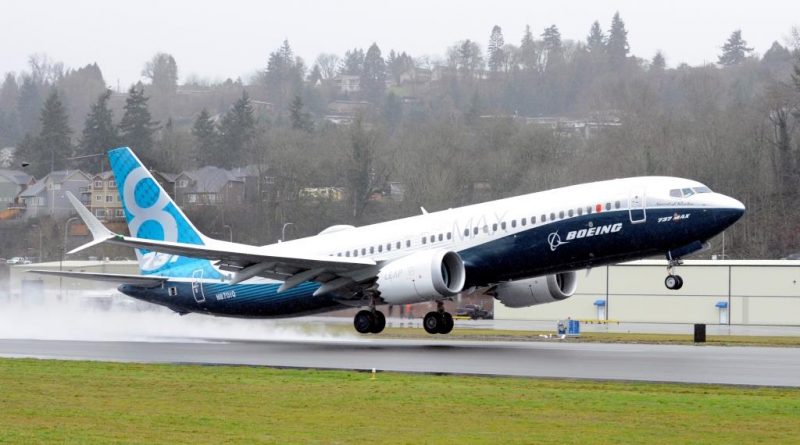Some more nails in MAX’s coffin
The New York Times published an article Friday about the B737MAX and MCAS. The reporters obtained a copy of an email from Jim Marko, Engineering Manager, Aircraft Integration and Safety Assessment, Transport Canada Civil Aviation Certification Office.
The email
Mr. Marko’s e-mail was addressed to his colleagues at the FAA, EASA and the Brazilian National Civil Aviation Agency. It was a free discussion or an exchange of ideas to find a solution. We have copied an important passage from the Times:
” In his email, Mr. Marko said he was writing the other regulators because he wanted “to get some confidence back to us all that we as Authorities can sleep at night when that day comes when the MAX returns to service.”
He expressed concern that regulators might accept the update to MCAS even as issues with the fix kept cropping up. “This leaves me with a level of uneasiness that I cannot sit idly by and watch it pass by,” Mr. Marko wrote.
Mr. Marko’s email included a PowerPoint presentation expanding on his argument and outlining how Boeing might remove MCAS from the Max. He noted that public confidence in the Max was “LOW.”
Beyond the MCAS issue, Mr. Marko’s e-mail highlights his discomfort with the MAX’s return to service. We also learn that the MCAS software upgrade is encountering problems.
One has to wonder who leaked this email to the media and why? In recent weeks, Boeing has been trying to put pressure on the FAA. His goal was to accelerate the return to service of the MAX, but the maneuver turned against her. Mr. Marko’s e-mail is from November 19, his casting is another nail in MAX’s coffin.
Boeing’s kamikaze attitude
Ernest Ervai reports on airinsight.com, that Boeing continues to hold the hard line against its customers; According to Mr. Ervai, Boeing requires leasing companies to make installments on the scheduled dates on the MAXs on order. Boeing’s position is that a contract is a contract. For Boeing the delivery date does not count since the planes are assembled on the scheduled date.
Boeing knows very well that her clients will have no choice but to do business with her. The only alternative is Airbus which has a full order book for the next 8 years. It is for this reason that she does not hesitate to massacre her relations with her customers, as long as the money keep coming in.
In the United States, Boeing is an industrial giant that has become indispensable especially in the defense sector. For many US military and defense officials, Boeing cannot fell. The leaders of this industrial mammoth know it and they abuse their status. As if they said, “Hell, good relations with the FAA and customers. We are Boeing and we are too big to fell. “That attitude is another nail in MAX’s coffin.
On October 20, we published the text: It’s over for the 737MAX. Since that publication, everything we’ve learned about the MAX has reinforced our belief.
The inevitable end
At some point in 2020 or 21, the MAX may be allowed to fly again. Those who think that Boeing’s problems will be solved at this time are wrong. Boeing will have to return to service hundreds of aircraft that sleep for months or more than a year. This exercise will require considerable effort and involves particular and unpredictable difficulties.
Aircraft stored for more than six months have many more snag than others, even if regular maintenance were conducted every month. It is for this reason that experiences MRO avoid aircraft stored for long time. The experienced tradespeople know’s that stored aircraft have their share of surprises.
In the beginning Boeing will deliver the latest planes. When more than 500 MAXs have been put back into service, it will be the turn of those stored more than six months. Delays, cancellations and diversions for technical reasons will increase. With 500 aircraft in service, one or two diversions per week for technical reasons would be normal. But with the return to service of the aircraft stored more than six month this number will increase considerably.
In the era of tracking software, millions of people will have access to all the data about the MAX’s. The most insignificant problems will then be reported on the front page of daily newspapers. It is then that the agony of the MAX will begin. It will be a sad end for the aircraft that has shaped today’s air transportation.
>>> Follow us on Facebook and Twitter

